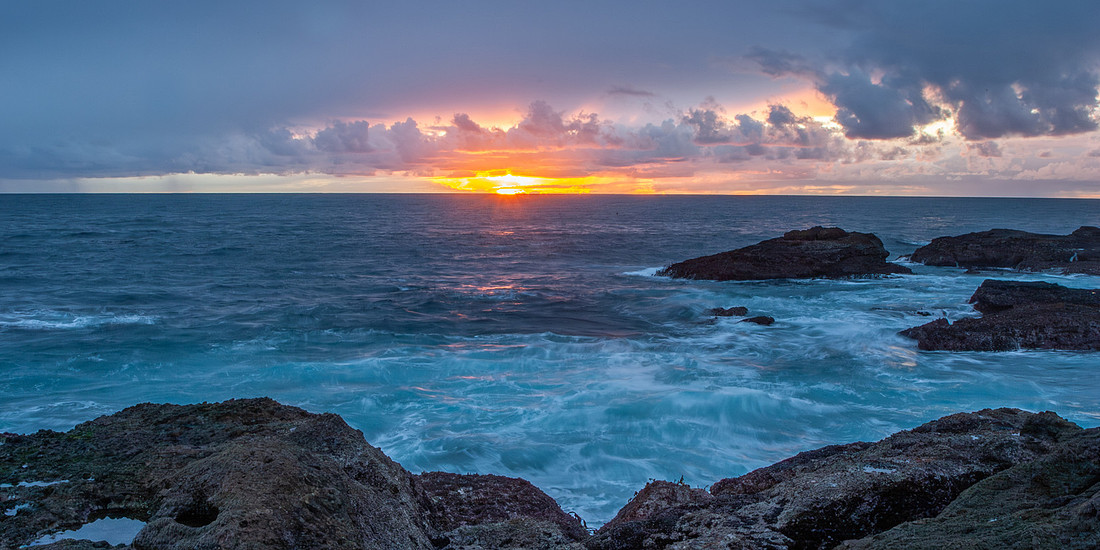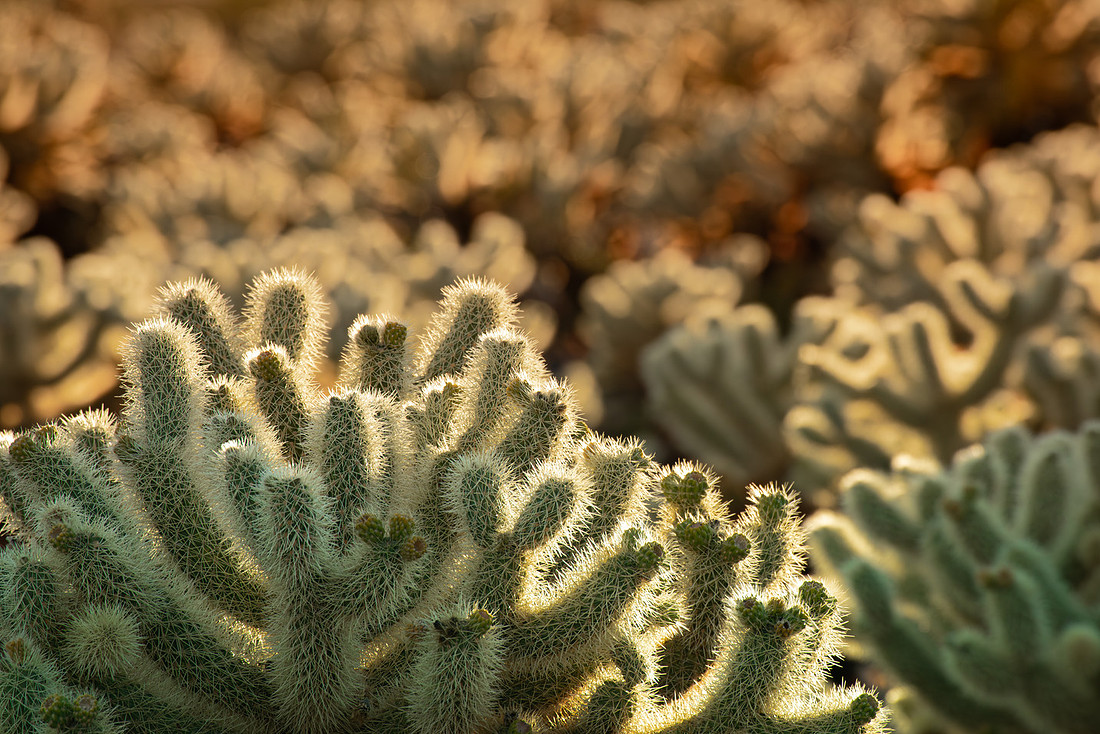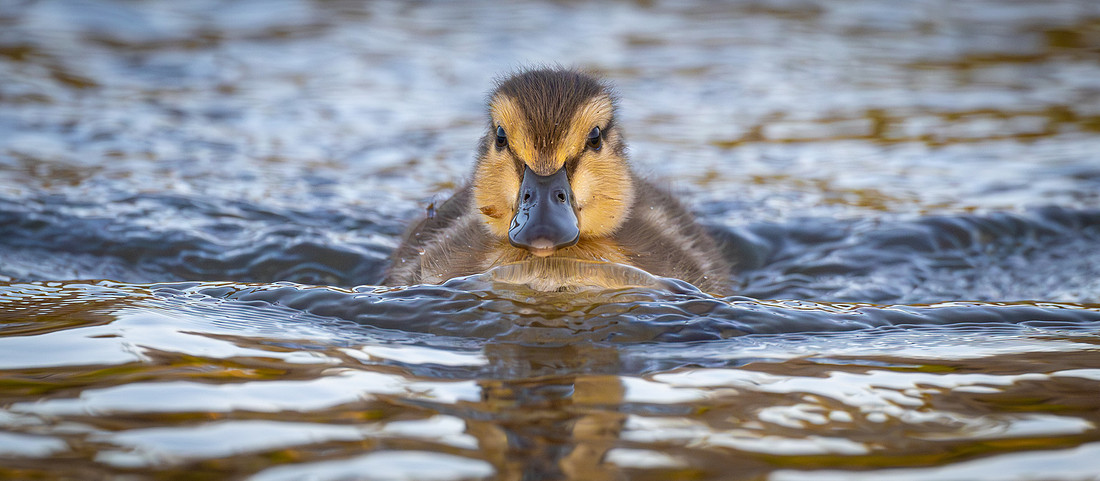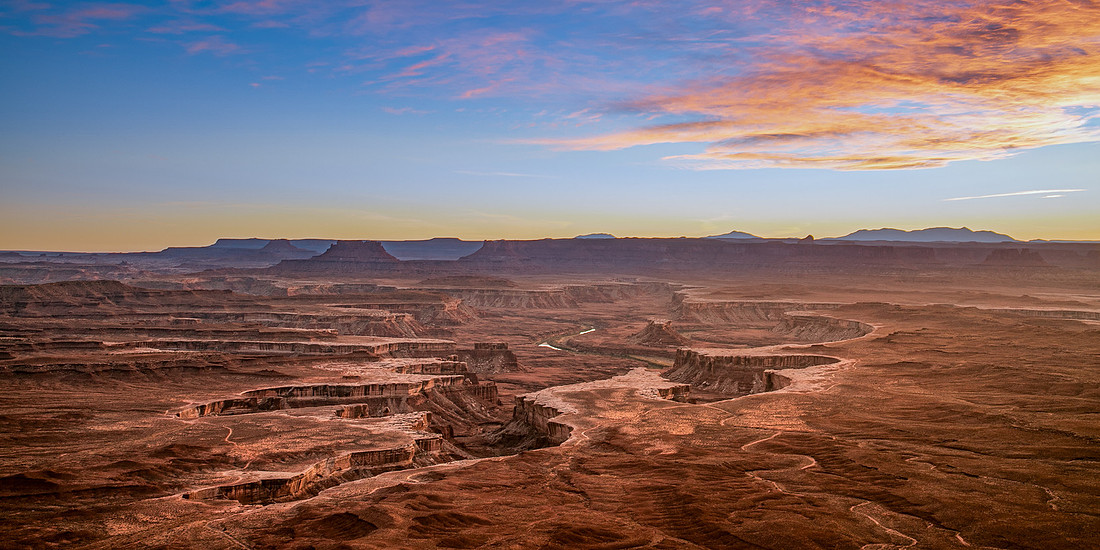Farewell to Summer
Farewell to Summer: A Focus on the Elements
Text and photos by Heather Cline
 
|
Summer landscapes offer a wide range of visual opportunities shaped by the elements. Fire, water, earth, and air each bring distinct characteristics to the season—from glowing sunsets and active waterways to sculpted terrain and shifting skies. This post explores how to photograph these elements with intention, using light, movement, and composition to highlight their presence. Whether you're working in desert heat or coastal humidity, these tips can help you capture summer’s dynamic energy in the field.
Fire: There's nothing better than a blazing summer sunset. Capture the fiery palette of summer skies—orange, crimson, magenta—especially in arid regions where dust and heat intensify the glow. Many desert plants, like ocotillo, agave, and cholla catch light dramatically. Position subjects between you and the rising or setting sun. Cholla spines, for instance, become radiant halos when backlit. Using overlapping elements helps build a sense of scale and heat radiating through the frame.
Tech Tips:
- When shooting into the sun, underexpose slightly to preserve fiery tones and avoid blown-out skies. You can recover shadows in post.
- Embrace flare creatively—starbursts, rainbow arcs, or soft haze can enhance the feeling of heat and light.
- Plan your shoot for 30–60 minutes after sunrise or before sunset. The low angle light is ideal for fiery compositions.
 
|
Water: Young waterfowl, frogs, and turtles are abundant in summer. Take advantage by highlighting their movements to help tell a story, like this mallard duckling whose swimming abilities have grown, allowing him or her to create it's own wake while it paddles up the river. Wildlife not your thing? That's okay. Try photographing shimmering reflections at golden hour, or abstract patterns created by wind on water. In drier regions, water’s presence in summer is often utilitarian. Drip lines, sprinklers, and flooded rice fields can be surprisingly photogenic and tell ecological stories.
Tech Tips:
- Polarizing filters reduce glare and enhance contrast, especially useful for midday shoots when water can look flat or blown out.
- To freeze splashes or paddling feet, go for 1/1000s or faster. Ducklings are surprisingly quick!
- Water can skew blue or green depending on light and surroundings. Adjust your camera's white balance to keep skin tones or feather colors natural.
 
|
Earth: The vast canyons, layered mesas, and winding river channels viewed from Green River Overlook in Canyonlands National Park speak to time, erosion, and elemental forces. Geological formations like this one are shaped by water and wind. Using the river and canyon edges help to guide the viewer’s eye through the frame.
Tech Tips:
- This is another situation that calls for a polarizing filter to deepen sky tones and reduce glare on rocks, enhancing color and contrast.
- Focus stacking is a good technique to ensure sharpness from foreground to horizon, especially with wide-angle lenses and deep landscapes.
- Using a tripod is essential for low-light sunset shots and precise framing.
 
|
Air:
Air is never static. Storm clouds are a perfect vehicle to illustrate airs movement, tension and transformation. Some other subject ideas include grasses bending, trees swaying, or dust rising. Birds rely on air to take flight; using motion blur will highlight movement. Don't be afraid to let the sky take up more of the frame to emphasize openness or show a sense of scale.
Tech Tips:
- Storm scenes often have extreme dynamic range. Use your histogram to avoid clipping your shadows or highlights
- Using a graduated neutral density filter will help balance exposure between a bright sky and darker land, especially useful when storm clouds create uneven lighting across the foreground.
- A wide lens can exaggerate the scale of the sky and valley, but be mindful of distortion. Keep the horizon level and avoid placing it dead center—consider the rule of thirds to emphasize either sky or land.
 
|
Summer’s natural elements offer a wide range of subjects for photographers—from the intensity of light and heat to the movement of water and air across diverse landscapes. By observing how fire, water, earth, and air shape the season, you can build stronger compositions and tell more compelling visual stories. Whether you're chasing sunsets, tracking wildlife, or watching storms roll in, these techniques can help you make the most of summer’s dynamic conditions.